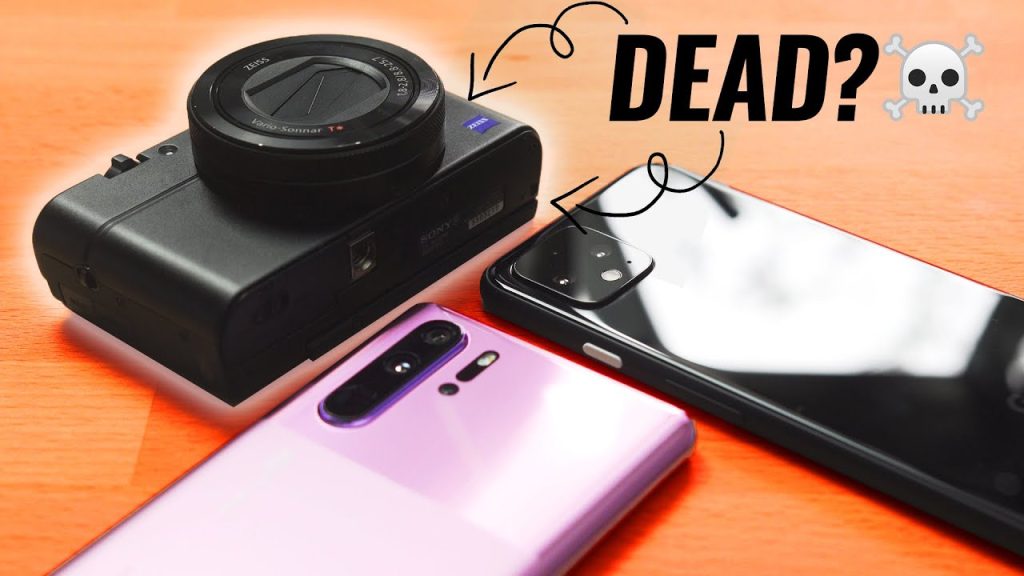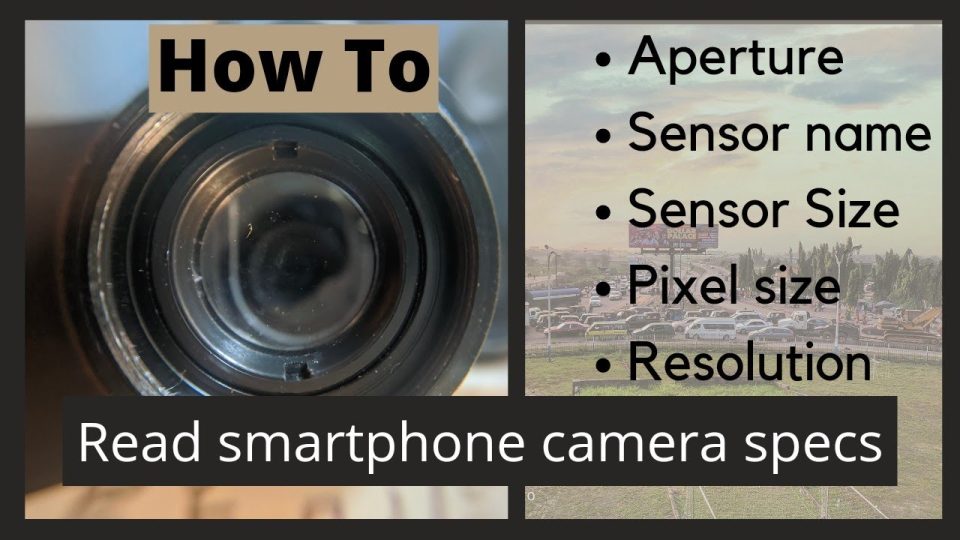When buying a new smartphone, the camera is often a top priority. But with brands boasting about “100MP cameras” and “large sensors,” it’s easy to get confused. Should you focus on megapixels (MP) or the sensor size?
1. Understanding Megapixels (MP) in Smartphone Cameras
What Are Megapixels?
- A megapixel (MP) = 1 million pixels.
- A 12MP camera captures images with 12 million tiny dots of color.
- More MP means higher resolution, allowing for larger prints or cropping without losing detail.
Do More Megapixels Mean Better Photos?
- Not necessarily. While high MP counts (like 108MP or 200MP) sound impressive, they don’t guarantee better image quality.
- Example: A 12MP iPhone 15 Pro often takes better photos than a 64MP budget phone because of superior sensor size and processing.
When Do Megapixels Matter?
✔ Large prints (billboards, posters)
✔ Heavy cropping (zooming into a photo without losing detail)
✔ Professional editing (more data to work with in Lightroom)
The Megapixel Myth
- Many smartphones use pixel binning, combining multiple pixels into one for better low-light performance.
- Example: A 200MP Samsung Galaxy S24 Ultra shoots 12MP photos by default (merging 16 pixels into 1).
2. Understanding Smartphone Camera Sensors
What Is a Camera Sensor?
- The sensor is the light-capturing chip behind the lens.
- It determines how much light the camera can absorb, affecting:
- Low-light performance
- Dynamic range (details in shadows/highlights)
- Noise levels (graininess in photos)
Why Sensor Size Matters More Than Megapixels
- A larger sensor captures more light, leading to:
- Sharper images
- Better colors
- Less noise in dim lighting
- Example: The 1-inch sensor in the Xiaomi 14 Ultra outperforms most 200MP phones with smaller sensors.
How Is Sensor Size Measured?
- Expressed in fractions (e.g., 1/1.28”, 1/1.12”, or 1-inch).
- Smaller denominator = Bigger sensor (1/1.12” > 1/1.28”).
Popular Sensor Sizes in Smartphones
| Sensor Size | Example Phones | Advantage |
|---|---|---|
| 1-inch | Xiaomi 14 Ultra, Vivo X90 Pro | Best low-light performance |
| 1/1.28” | Samsung Galaxy S24 Ultra | Great balance of detail & light capture |
| 1/1.5” | iPhone 15 Pro Max | Good for HDR & video |
| 1/2.5” | Budget phones (e.g., Redmi Note 13) | Smaller, weaker in low light |

3. Pixel Size vs. Sensor Size – The Real Battle
What Is Pixel Size?
- Each pixel on a sensor captures light.
- Larger pixels (e.g., 2.4µm) = Better light absorption.
- Smaller pixels (e.g., 0.8µm) = More detail but worse in low light.
How Do Brands Balance Pixels & Sensors?
- High MP phones (108MP, 200MP) usually have tiny pixels (0.8µm).
- Solution: Pixel binning (combining pixels to make them bigger).
- Example: Samsung’s 200MP → 12MP (2.4µm pixels after binning).
- Solution: Pixel binning (combining pixels to make them bigger).
- Lower MP phones (12MP-50MP) often have larger native pixels (1.4µm–2.4µm).
- Example: iPhone 15 Pro (1.4µm pixels, no binning needed).
Which Is More Important?
| Factor | Why It Matters | Ideal For |
|---|---|---|
| Bigger Sensor | More light = Better dynamic range & low light | Night photography, pro shots |
| Larger Pixels | Better light absorption per pixel | Low-light clarity |
| Higher MP | More detail for cropping/editing | Landscape, professional work |
4. Smartphones That Balance Pixels & Sensor Perfectly (2024)
🥇 Best Overall: Samsung Galaxy S24 Ultra
- 200MP (1/1.3” sensor, 0.6µm pixels → 2.4µm after binning)
- Why? Great zoom, AI processing, and excellent low-light shots.
🥈 Best for Low Light: Xiaomi 14 Ultra
- 50MP (1-inch sensor, 1.6µm pixels → 3.2µm after binning)
- Why? Huge sensor = DSLR-like performance.
🥉 Best for Video & Colors: iPhone 15 Pro Max
- 48MP (1/1.28” sensor, 1.22µm pixels)
- Why? Natural tones, best video stabilization.
🏅 Best Budget Option: Google Pixel 7a
- 64MP (1/1.73” sensor, 0.8µm → 1.6µm after binning)
- Why? Computational photography magic at $499.
5. What Should You Prioritize When Buying?
– Choose a Bigger Sensor If You Want:
- Better low-light photos
- More natural bokeh (background blur)
- Higher dynamic range (details in shadows/highlights)
– Select Higher Megapixels If You Need:
- Heavy cropping (wildlife, sports photography)
- Large prints (posters, banners)
- Flexibility in editing (professional photographers)
– Best Compromise?
- Phones with pixel binning (e.g., 200MP → 12MP).
- Flagships with large sensors & smart processing (iPhone, Samsung, Pixel).
Final Verdict: Sensor > Megapixels (For Most Users)
While megapixels help with cropping and detail, the sensor size has a bigger impact on overall image quality.
Best Picks Based on Needs:
📸 Best for Pros: Xiaomi 14 Ultra (1-inch sensor)
🌙 Best for Low Light: Samsung S24 Ultra (large sensor + pixel binning)
🎥 Best for Video: iPhone 15 Pro Max (best color science)
💰 Best Budget: Google Pixel 7a (AI-enhanced photos)
What’s your priority—megapixels or sensor size? Let us know in the comments! 📱📸
